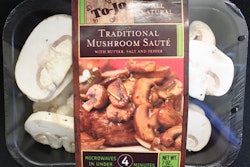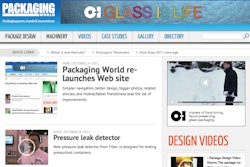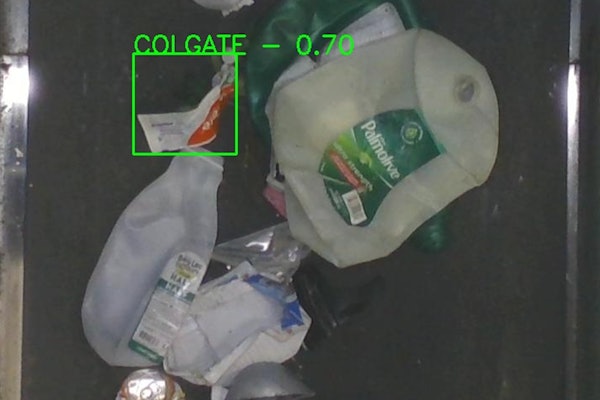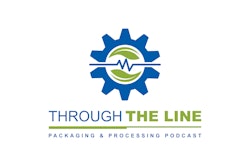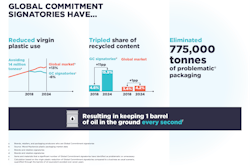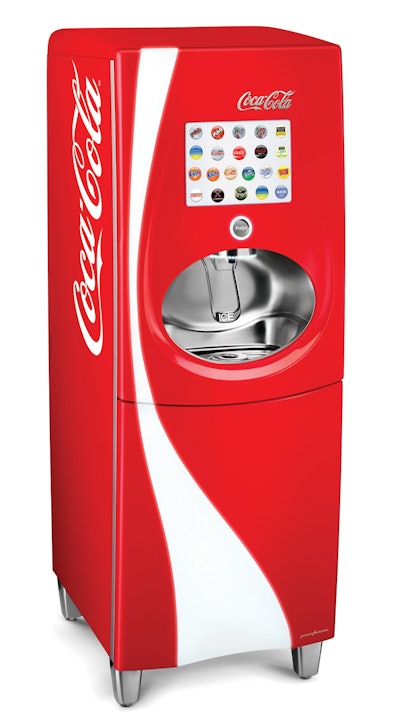
Those of us who have spent our careers designing and developing packaging should be applauded for the important strides we have made in elevating the role of packaging. Today’s packaging enables the product to safely get to market, prolongs the life of the product, communicates the product’s attributes, and serves (for many products) as the tangible brand ambassador. However, as we move forward in our efforts to create a sustainable future, we must begin to rethink packaging systems that were developed without consideration of their impact on our planet. In order to fully address the needs of the planet, today’s brand/consumer packaging relationship may have to radically change in the future.
One of the most profound packaging challenges today is dealing with continued packaging population growth due to SKU proliferation. As marketers seek to fulfill the desires of the broadest audience and the most consumption occasions, our world is inundated with an ever-growing mountain of prepackaged sizes, scents, and flavors. The overabundance of product offerings contributes to brand/product cannibalization, clogs the supply chain, crowds the shelves, and stresses our planet. Packaging “convenience,” which has enabled today’s marketing tactics, is the unfortunate contributor to the “inconvenient truth” that what we are producing cannot be sustained.
Unpackaged or bulk product stores have made the news in recent months as they represent a retail format focused on enabling consumers to purchase the product quantities they desire without the waste associated with prepackaged goods. These stores include a small grocery store in London called Unpackaged, which opened in 2006; In.gredients, slated to open later this fall in Austin, TX; and Bulk Barn in Canada, with more than 170 stores.
Unfortunately these store formats have their own issues and could actually result in more wasted and unsalable product due to their proclivity for product contamination, mess, and complexity. These issues could also affect product marketing. The gravity dispensers, scoopable bins, and other bulk format containers don’t effectively preserve the product they contain and are at risk of being contaminated by germs or even insects. They are also prone to spillage, and the shopping/check-out process is encumbered by the large array of personal containers that need to be weighed.
Vending, on the other hand, may provide an effective technology platform for personalization and customization of flavors, scents, and sizes without the associated waste of prepackaged offerings. Vending machines have the potential to provide a controlled environment that mitigates the risk of contamination and messy dispensing common within the bulk-bin formats. They also have proven themselves as effective in-store marketing tools, as the technology can run promotional videos and enable the easy navigation of a myriad of choices. When connected to the Internet, the technology can enable instant inventory tracking and gathering of product sales data, making it a great test-marketing platform as well.
Coca-Cola’s Freestyle® machine features more than 100 different beverage options and allows consumers to create their own custom drinks. The ingredients are blended on the spot, which eliminates the waste associated with packaging more than 100 different beverage varieties. The Freestyle machine also takes water completely out of the supply chain by adding it to the concentrate on the spot.
JR East Water’s touchscreen beverage vending machine in Japan detects when someone is near the machine’s three motion sensors. A tiny camera above the 47-in. touchscreen then estimates the buyer’s age and sex, and recommends appropriate products. Behavioral economists have long found that too many choices confuse consumers; these new machines help to eliminate this problem.
The Pouchlink™ concentrated beverage vending machine from The Green Drinks Co., in the U.K., also eliminates the unnecessary transportation of water, while the pouches use 75% less material than PET bottles. Pouchlink’s patented aseptic beverage dispensing system can serve natural, nonpreserved beverages without concerns related to sanitation or shelf life. It also features the world’s first chemical-free self-cleaning post-mix system, which eliminates harmful chemicals and the need for cleaning.
It’s conceivable to envision vending machines as a method to custom-package various quantities of product via form/fill/seal equipment. The machines could be configured to receive a supply of product via hoppers and piping. What would commonly be found within a product filling plant would now be located within the retail store. At the push of a button, the machine would form the container to product quantity specification, fill the container with the consumer’s product selection, seal the container, and dispense the package to the consumer to place within their cart. While this may have been the science fiction of Star Trek and The Jetson’s at one time, this technological ability is now within reach and could profoundly change the consumer packaged goods experience.



